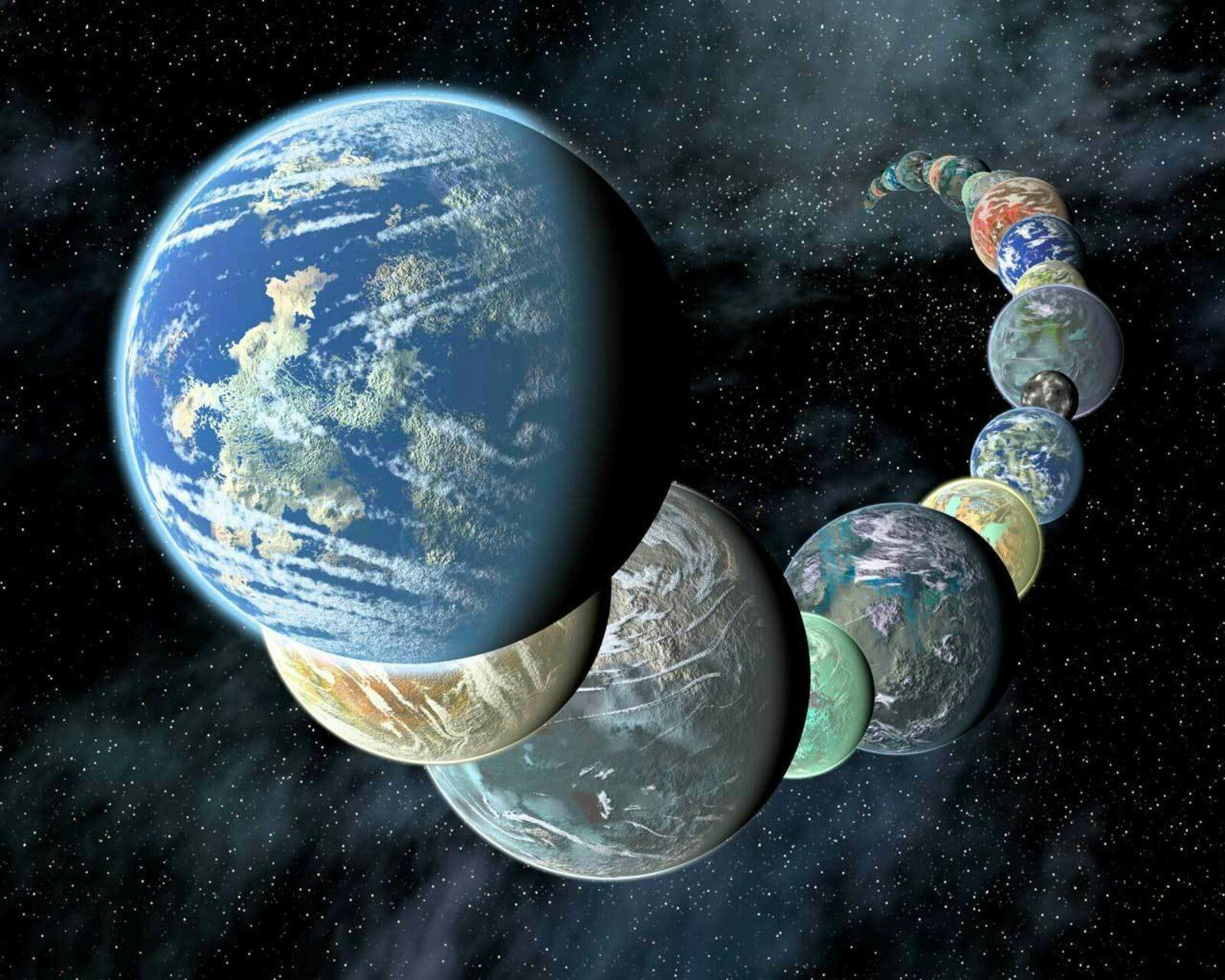Spotlight Live: Coming Soon - Earth-like Planets in Other Solar Systems
by Kelen Tuttle
Three exoplanet hunters discuss what we can learn about planets from our vantage point tens of light years away, and answer your questions about how close we are to discovering other Earths.

The Author
The Researchers
NOTE: Thanks to everyone who joined our discussion. AN INDEX OF QUESTIONS is listed below.
ACCORDING TO EVERYTHING WE KNOW about the universe, thousands of Earth-like, habitable planets should exist in other solar systems. With our ability to detect far-away planets getting better by the year, we’re on the verge of being able to tell which of these “exoplanets” harbor liquid water – a necessity for life as we know it, and one of the main features that astronomers look for when hunting Earth-like planets.
Just last month, astronomers for the first time detected water vapor in the atmosphere of a Neptune-sized planet. Although the planet lacks a rocky surface and orbits so close to its sun that the temperatures reach more than 10,000 degrees Fahrenheit, its discovery proves our ability to detect water vapor on distant planets. The next step is to find it on a rocky, temperate world.
On October 15, three exoplanet hunters will discuss what we can learn about these planets from our vantage point tens of light years away, and answer your questions about how close we are to discovering other Earths.
About the Participants
- ZACHORY BERTA-THOMPSON – Dr. Berta-Thompson is the Torres Fellow for Exoplanetary Research at the MIT Kavli Institute for Astrophysics and Space Research. He hunts for exoplanets as a member of the MEarth Project, a survey to find small planets orbiting the closest, smallest stars.
- BRUCE MACINTOSH – Dr. Macintosh is the principal investigator for the Gemini Planet Imager, which searches for planets from the Gemini South telescope. GPI recently snapped its first image, thereby producing the best-ever direct photo of a planet outside our solar system. Dr. Macintosh is also a Professor of Physics at Stanford University and a member of the Kavli Institute for Particle Astrophysics and Cosmology.
- MARIE-EVE NAUD – Ms. Naud is the University of Montreal PhD student who led analysis that recently uncovered a previously unknown giant planet using infrared light. The planet, known as GU Pisces b, is one of the most unusual exoplanets found to-date, with a mass 10 times greater than Jupiter's and orbiting its star at 2,000 times the distance between Earth and our sun.
- KELEN TUTTLE (moderator) – Ms. Tuttle is a freelance journalist with more than a decade of experience in science communications. Most recently, she served as Editor-in-Chief of Symmetry, a magazine dedicated to the science and culture of particle physics. Her fields of expertise also include astrophysics and light-source science.
Your Questions
- Can you explain the discovery of the exoplanet WASP-12b and its recent measurements? (2:05)
- What do the recent measurements of water vapor mean for WASP-12b? (4:25)
- Does data on planets like WASP-12b help our overall understanding planetary physics? (8:35)
- How common are planets like WASP-12b compared to Earth-like planets? (9:50)
- How common are Earth-sized planets found in the habitable zones of red-dwarf stars? (12:35)
- What would we hope to see on exoplanets similar to Earth? (13:50)
- If we were looking at Earth from 100 light-years away what would we able to tell about the planet? (15:45)
- Can you tell us about other exoplanets that aren't similar to what we see in our solar system? (20:15)
- Are there many sun-like stars studied and if so do they have a similar makeup to our own solar system? (25:10)
- What will the new, soon to be released, telescopes be able to tell us about exoplanets? (28:20)
- What is it like to go planet-hunting from an observatory? (32:50)